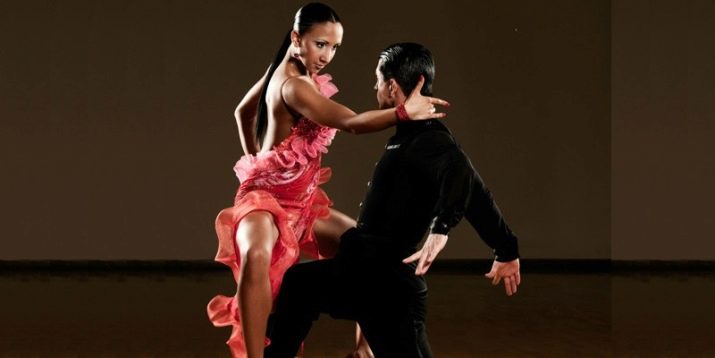Argentine tango
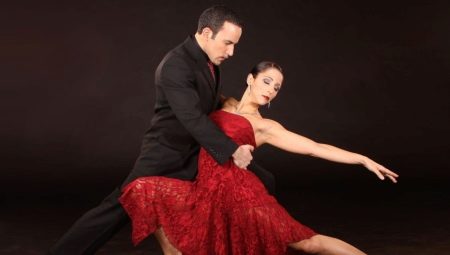
A great many people in antiquity and continue to strive in modern times to ensure that their life was not only filled with material benefits, but could also give them aesthetic pleasure. The various spheres of art satisfy this need of humanity.
One of these sources of pleasure is dance and all kinds of its manifestations. For example, Argentine tango, so much loved by dancers and audiences for its elegance, passion, growing drama and seething excitement. Let us consider in more detail the main features and striking features of such an expressive dance.
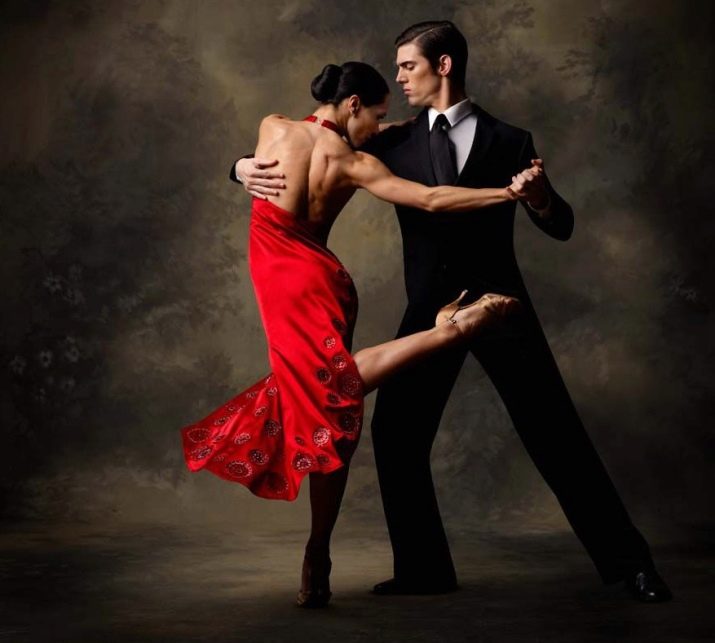
History of origin
For hundreds of years, Argentine tango has conquered the hearts and minds of millions of its fans over and over again. The essence of this type of dance lies in not being afraid of improvisation in movements and remembering the respect of your partner and those with whom you share the floor.
The meaning of Argentine tango is in movement, especially in the relationship between a man and a woman, their connection and the emotion that they convey to each other.
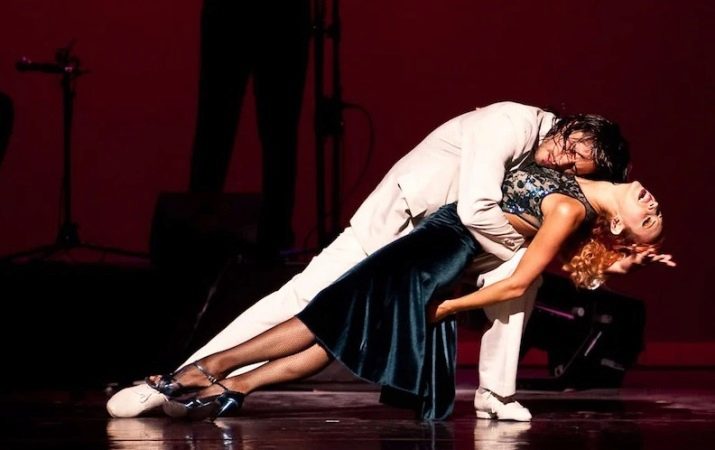
Graciela Gonzalez, one of the outstanding figures in the history of tango, calls this dance "a three-minute love story", because in such a short period of time the couple manages to live and tell the audience an amazing story about feelings.

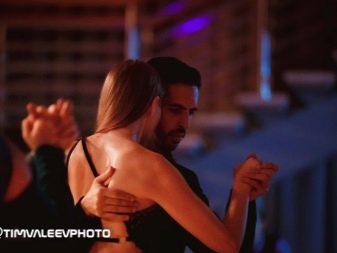
The exact history of the origin of the concept of "tango" and the dance itself has not been discovered to this day. However, there is the most plausible consistent version of the origin of the dance. In the 1800s, when African slaves were brought to Argentina, they began to have a significant impact on the culture of the local people.For this reason, there is an assumption that the word "tango" is fraught with African roots, which means that it has such meanings as "closed place" or "preserved foundation."
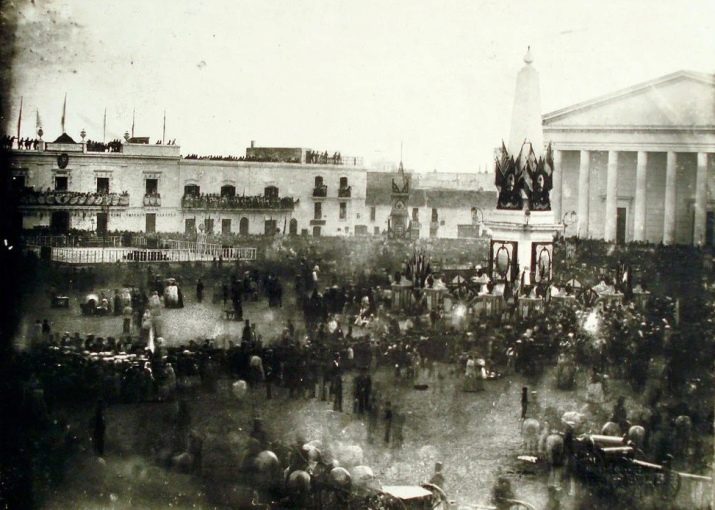
According to other guesses, the word may refer to the Portuguese language (meaning "to touch"), then it was also used by Africans. Regardless of its history, in those days the word began to be used to name the place where slaves and free blacks gathered to spend time in a dance. By the early 1900s, Argentina was experiencing a massive influx of immigrants, which resulted in a mixture of diverse cultures: dance and music. The usual waltzes and mazurkas began to be assimilated with the famous habanera from Cuba and significant African dances.
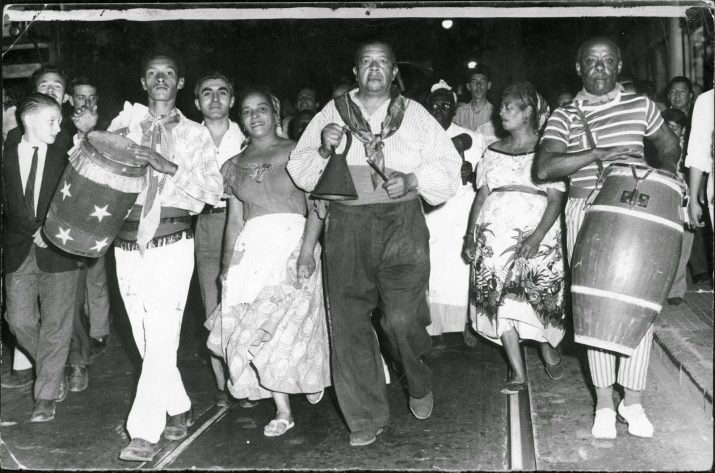
Since most of the immigrants were men who believed in the ability to make money and move their families to a developing country, it’s not hard to guess the feelings that went into this dance. Tango carries with it a deep loss of those people and places that they were forced to leave, and for which they were incredibly yearned.
Most likely, the first basics of tango originated in Afro-Argentinean evening dances., where poor people who respected aesthetics most often gathered, put on hats with narrow brims, tie scarves around their necks, and put on high-heeled shoes. Gradually, such parties spread to the bars and brothels of one of the districts in Buenos Aires. It was in these places that African rhythms came into contact with milonga (Argentinean type of fast polka), and after a while new steps were invented, and a new dance was invented.

From the side of high society, such dances did not receive approval, but the children of noble people were not averse to visiting the slums and learning new steps and rhythms. As a result, by the beginning of the 20th century, most people became familiar with the newly introduced trend, and then tango (both dance and musical genre) became a fast-growing trend in Buenos Aires, the city where it once originated.
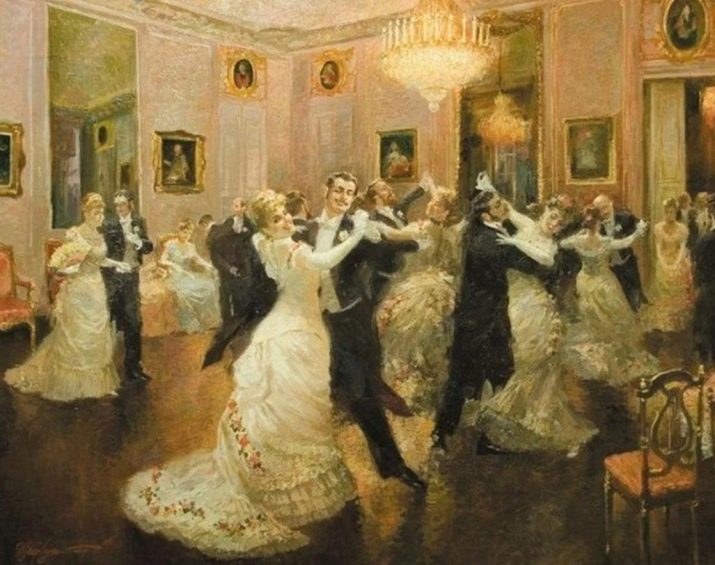
Soon there was a spread to cities remote from the center of Argentina, and there it reached the capital of Uruguay, where residents also showed a sincere interest and let tango into their culture. The next stage is international distribution. Again, the sons of wealthy Argentine parents traveled to the capitals of developing countries to share their tango experiences and demonstrate the basics of dance.
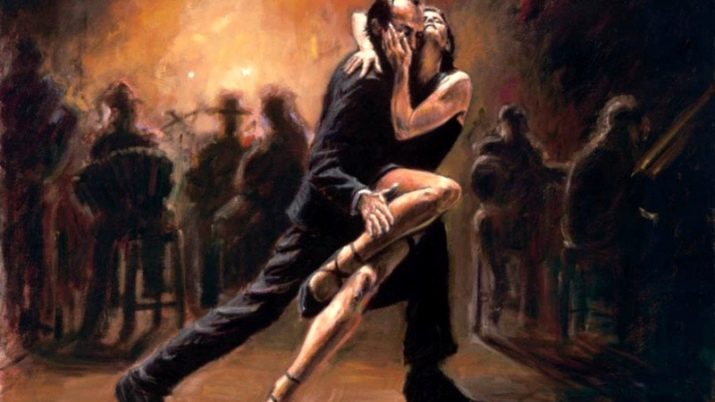
By 1913, tango had grown into a large-scale international collaboration - Paris, London, New York truly fell in love with this dance. The elite of Argentina, at first contemptuously looked at all this action, now with themselves proudly rooted the culture of tango in their hearts.
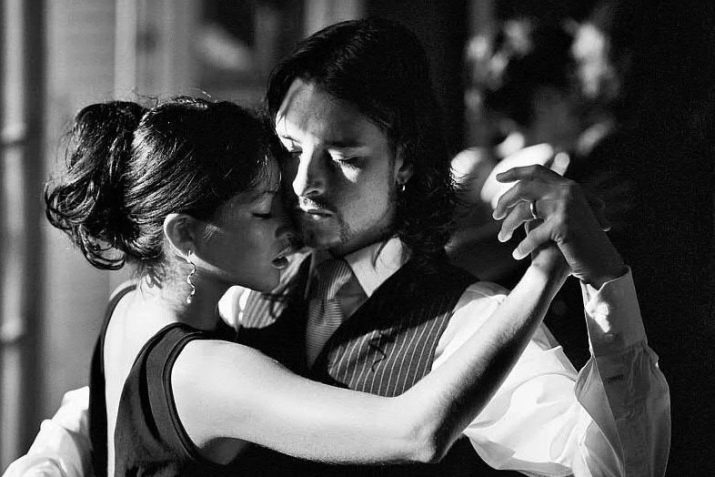
It should be noted that the successful development of tango depends entirely on the prosperity of the country and its position in the world. When Argentina was in its golden age (1940-50), tango also developed successfully. When political repression began, art had to go underground. Tango has tried to maintain a spark of life in shallow, undisclosed places and, of course, in the hearts of its fans.
The decline continued until the 1980s, and then the Tango Argentino show appeared in Paris, which became the starting point for tango to return. The show toured the world, encouraging people to return to dancing, which undoubtedly worked.
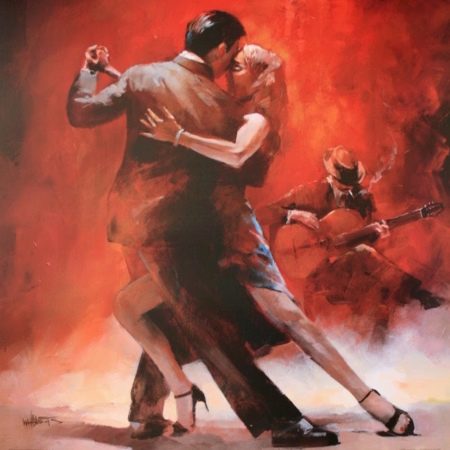
Styles
Initially, classical tango was conceived as an improvisational dance, however, this circumstance did not prevent the development of certain styles that are followed by a huge number of people around the world.
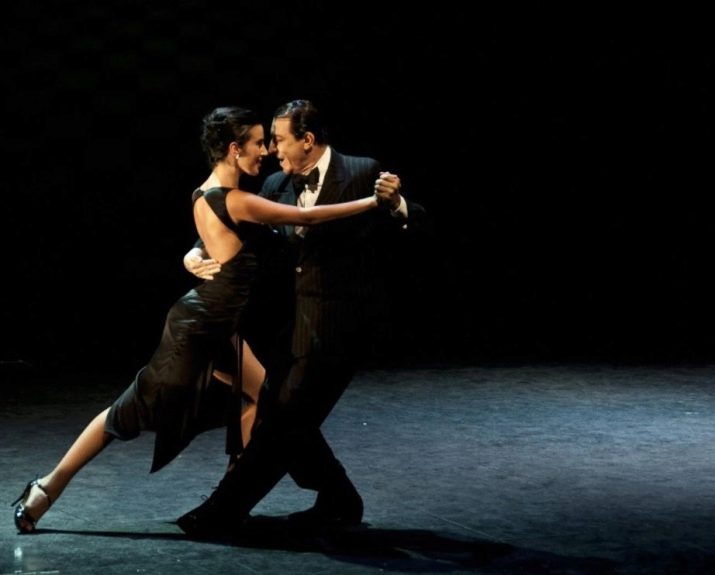
Milonguero
This style began to develop rapidly in the 40-50s of the XX century. Its peculiarity lies in the fact that it is performed in the most close and closed position, when both partners lean their weight on each other, thus demonstrating a kind of pyramid.
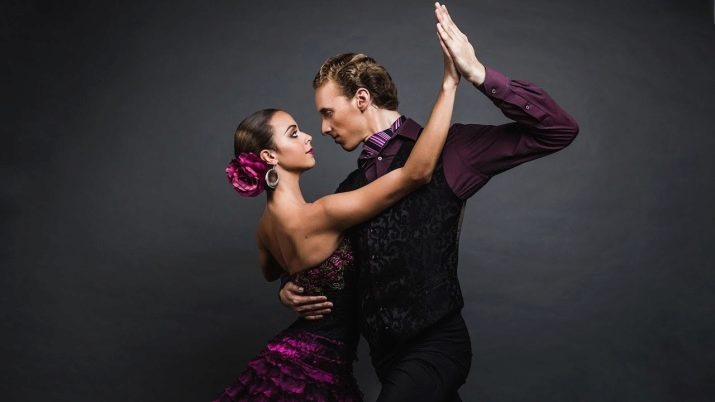
This style is perfect for couples in love and for balls, because it does not imply the performance of sweeping figures, but requires harmony within each of the dancers, an attentive and sensitive attitude towards the partner. The style is not too choreographic, which makes it different from European tango, but it represents the strongest emotional exchange between two people.
Since the partners' weight is constantly shifted to each other, it is impossible to perform figures that require disclosure and a high level of dynamism in movements.
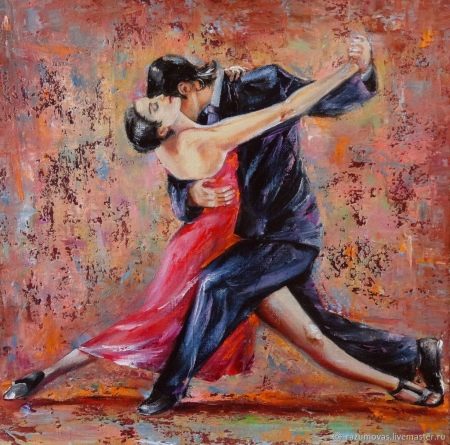
By the way, the term milonguero itself means "tango dancer" who is a fan of this dance, a regular guest at milongas (places where tango evenings are held), he has long learned the basic steps and complex figures and developed his own style. This is a great partner, a lover of women, who, first of all, perfectly knows all the ins and outs of tango culture.
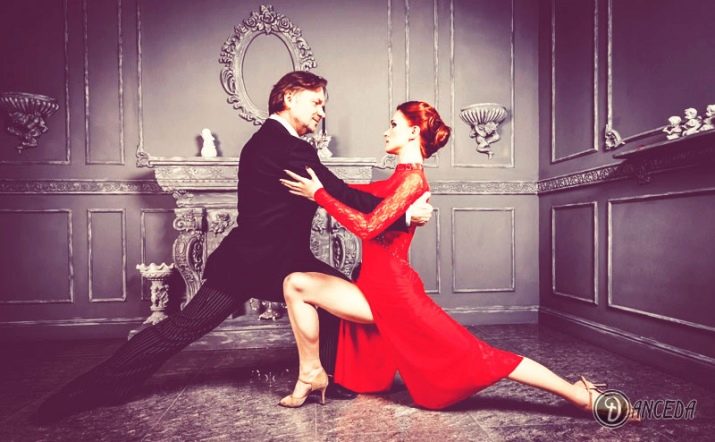
Stage
This style of tango is staged, it is performed directly for the audience. Therefore, the laws in it are different, not the same as in social tango: these are the laws of the stage genre and the laws of the stage.
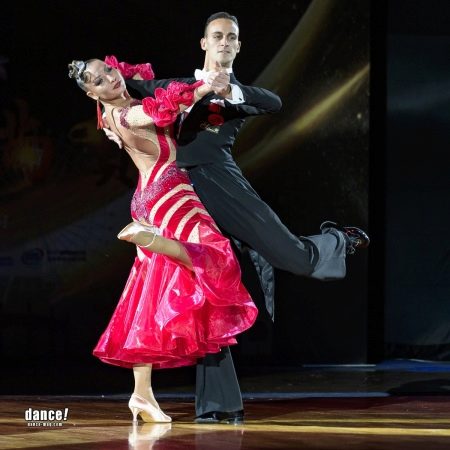
For this style, the virtuoso dance technique, spectacular movements, precise execution of each step and all the figures are familiar. Supports and postures here require arms and legs stretched like a string. A good advantage is that the couple can be more free to use the space, and since there are only two performing on stage, collisions with other dancers are out of the question.
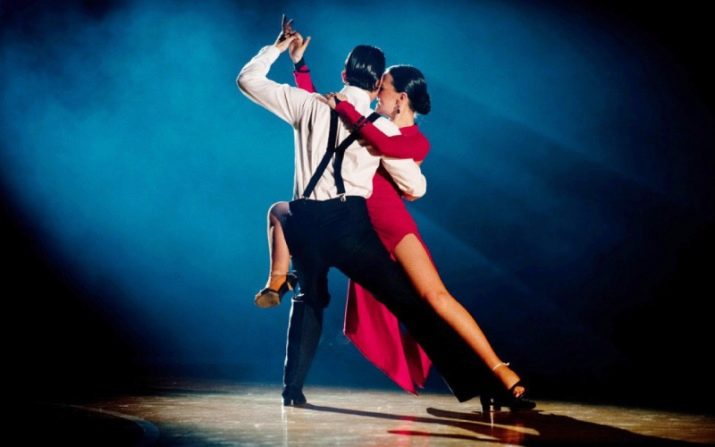
Fantasy
This style can be safely called the opposite of milonguero. Wide open positions are encouraged here, partners can play with each other's weight, improvise with the implementation of various figures. For the reason that more space is required for open positions in tango fantasy, this style is not danced at balls, where there is not enough space for everyone.
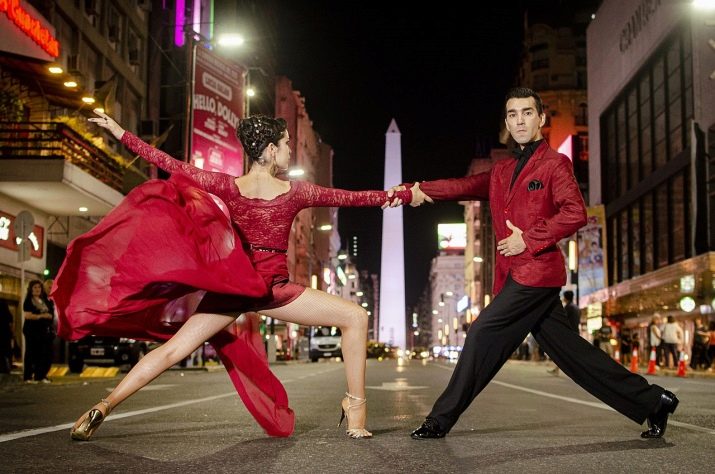
This style requires from both partners a good charge of energy, dynamism, high-quality mastery of various techniques, flexible and confident movements and, most importantly, mutually coordinated actions of a man and a woman.
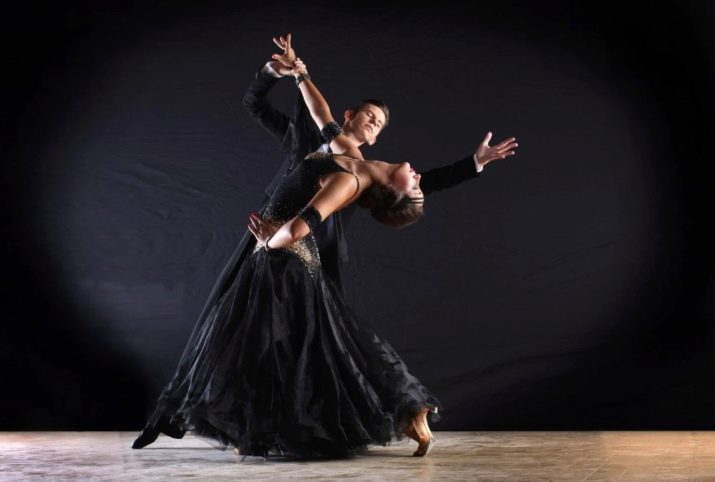
Other
One of the most ancient styles of Argentine tango is the milonga - a folk dance, born with the light hand of visitors and brought to Latin America in the 19th century. The dance is cheerful and energetic. His rhythm is quite fast, does not tolerate stops and slow movements.
It is important to understand that such a style is danced in small steps, which means that a good sense of rhythm and an excellent technique of leg movements are needed.
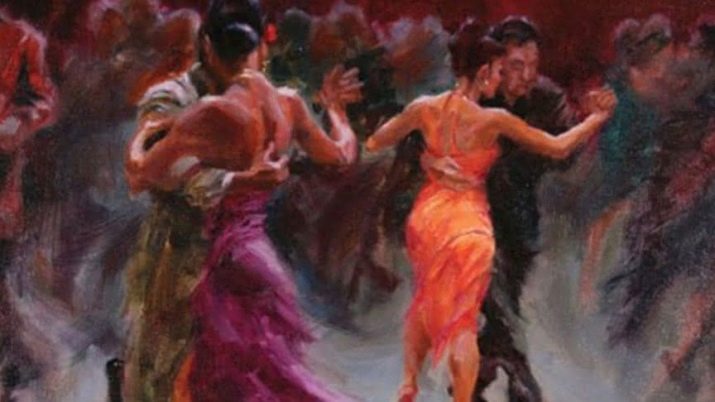
The tango salon style is notable for its open position of two people, which allows you to do the most varied steps and figures, address sharp turns and wide poses. Experts consider this style to be more refined and sophisticated in comparison with others, but it also incorporates the principles of improvisation, leading one partner and following him another.
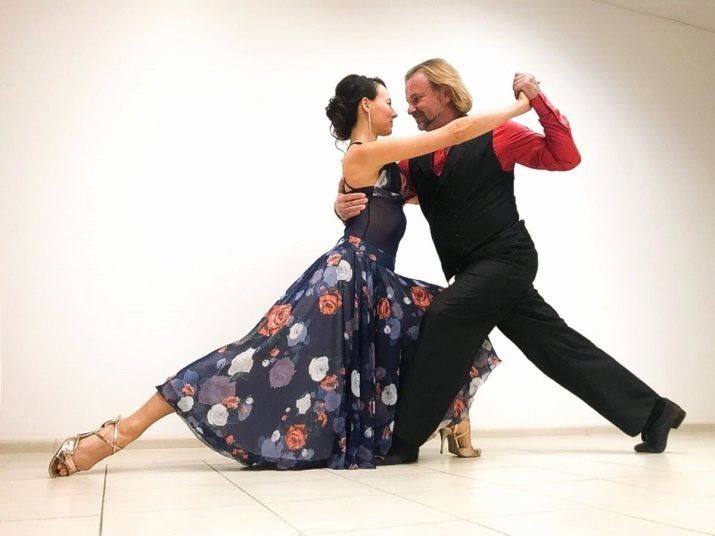
Clothes and footwear
Regardless of gender, for the upper body, it is necessary to choose clothes with a high cut under the armpits and avoid baggy sleeves, which can interfere with a partner during the most crucial moment in the dance.
A man needs to be careful with cufflinks on his shirt sleeves, because they can catch on his partner's hair. A woman should not allow extra layers of fabric at the waist and in the area of the shoulder blades, this can lead to difficulties during the period of bodily contact of the dancers - it is important to provide easy access to the partner's back.
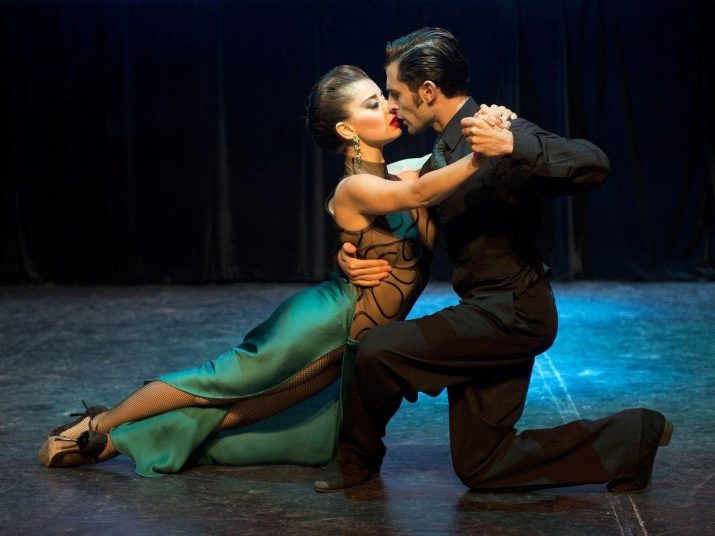
Long skirts can be suitable for a dance such as Argentine tango only if they are loose enough at knee level and do not impede the partner's movements when performing a certain figure. Many men prefer to see a trouser suit on a woman, which in no way deprives her of her femininity, and makes many movements more comfortable.
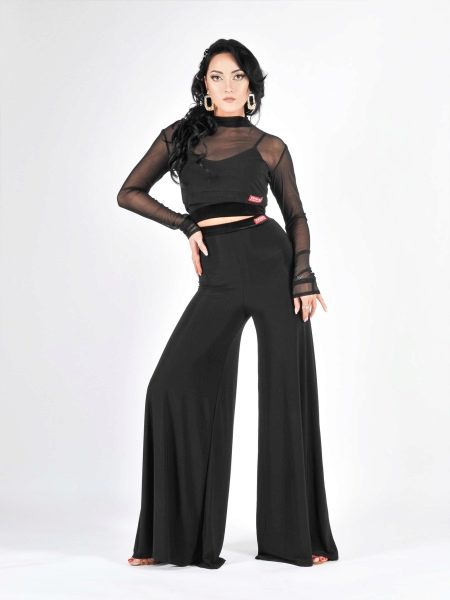
As for jewelry, they need to be selected with care, carefully check for any sharp edges or parts that can catch on clothes. It is best not to use brooches, and if you have decided to wear them, then placing them high above your chest is the best option. Tights should be selected nylon, with low density. If we talk about flesh color, then they should absolutely not be visible.
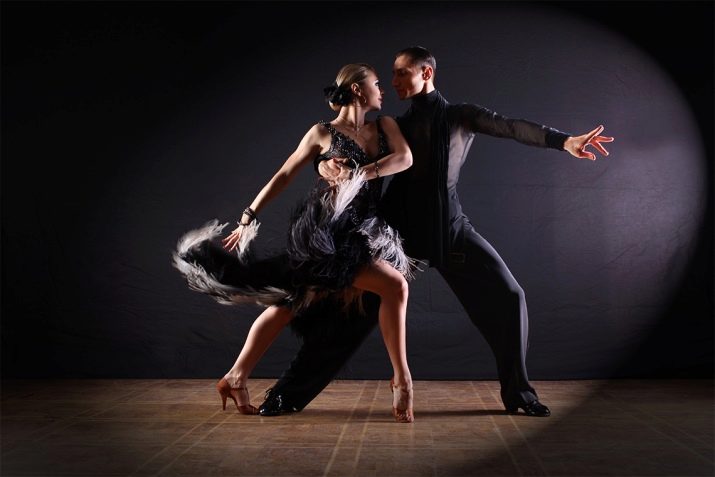
A particularly important point in tango is shoes. Usually tango lovers buy shoes with leather soles that fit perfectly on their feet. The most common options are women's shoes with straps with fasteners and men's shoes with laces. Women are advised to wear shoes with a heel.
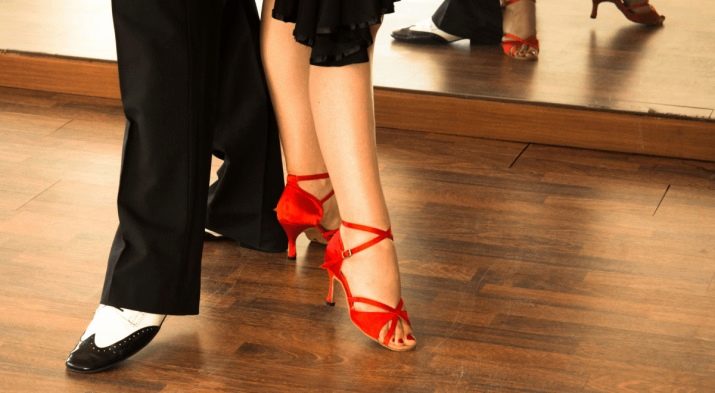
Among beginners, there is an opinion that at first, women's open-toed shoes only cause inconvenience. The main thing is to find such shoes that support your feet, prevent your toes from squishing, and allow you to be in the rhythm of the dance for about several hours.
Regardless of which shoe you choose, be sure to use insole cushions. Many experts give positive feedback on pillows from Spenco or Dr. Scholl's.
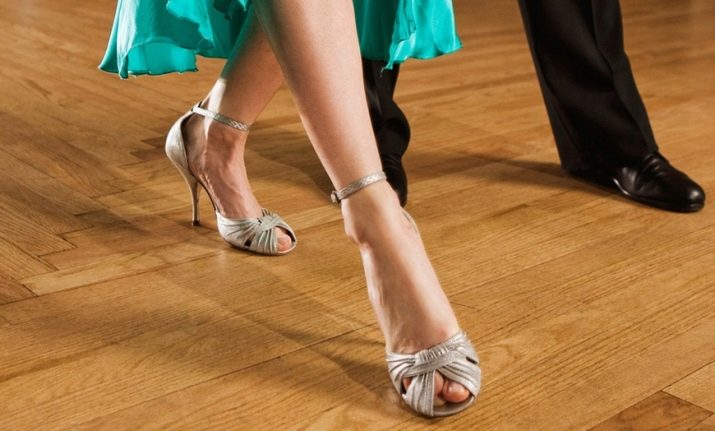
Music
The history of the development of tango music is almost as rich as the history of dance. At first, the dance floors in Argentina played simple rhythms that were presented to dance lovers by orchestras. Over time, these rhythms became more complicated, and later they completely ceased to be suitable for dancing due to their richness.
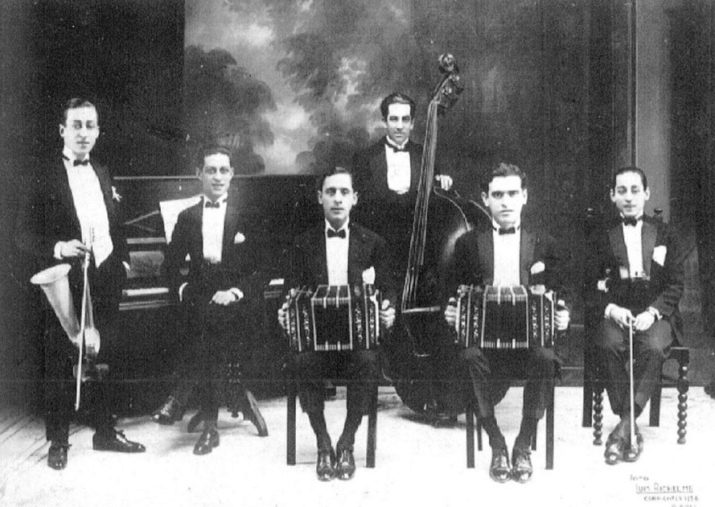
Essentially, tango music differs from other types of music in two ways: there is a bandoneon and there are no drums. The first is a German instrument, a kind of accordion.
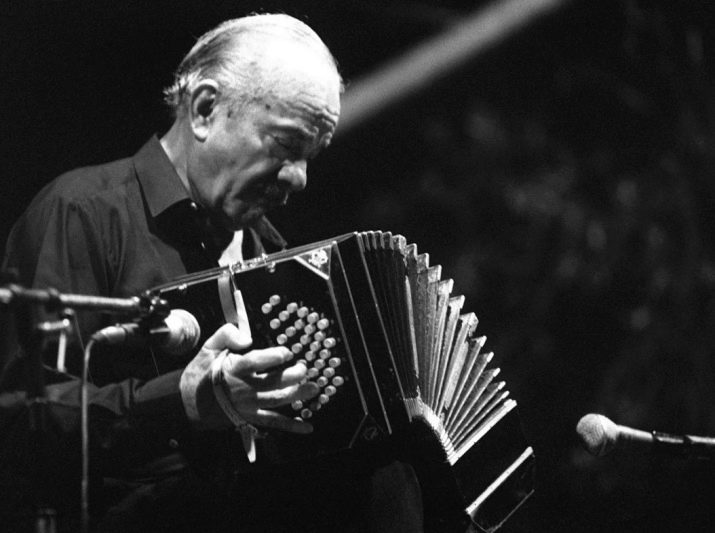
Usually, for beginners, rather rhythmic music from the 40s and 50s is played. But the music of the 30s of the last century is good for understanding how to hear the rhythm. Later, as dancers gain experience, they tend to mix early music with its newfangled jazz rhythms.
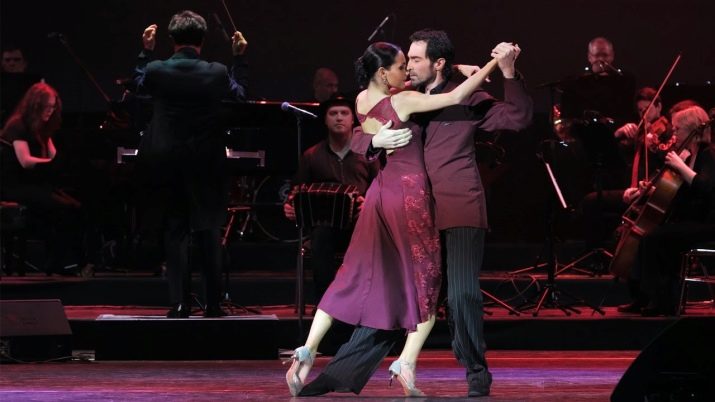
Steps and shapes
Just like driving a car, in tango, you must follow a number of rules that will help you not to collide with other couples. On the floor, it is customary to move counterclockwise, and in the first three minutes it is important to make small stops.
It is important to think about others, but at the same time do not forget to improvise, to introduce your steps under the line of one of the instruments of the orchestra.
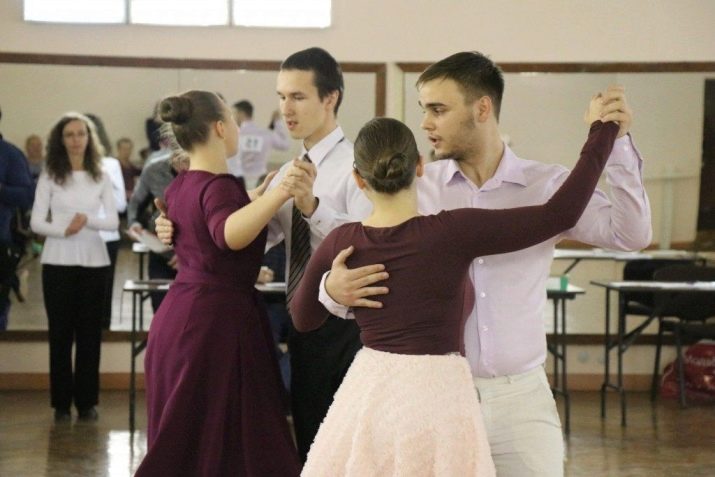
The overall target speed must be maintained. You can only overtake if the pair in front has significantly slowed down. It is important to be careful in performing the figures: you should not do it often and in a big way, because the ball is not the place where there is an opportunity to show your skills, you need to think about other participants as well.
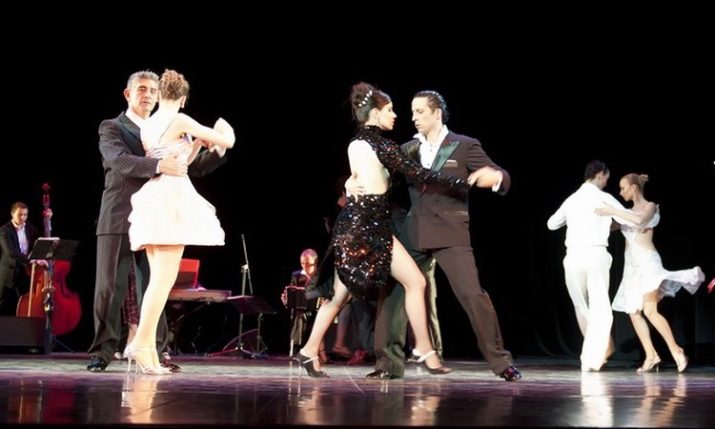
At such events, a harmonious couple dancing in a close position, performing only basic movements, evokes in the audience much more positive emotions than clearly worked out steps and figures. To exclude any serious incidents, you do not need to enter into skirmishes with other couples, and in the event of a collision, the guilty couple makes a sign of apology and utters polite words.
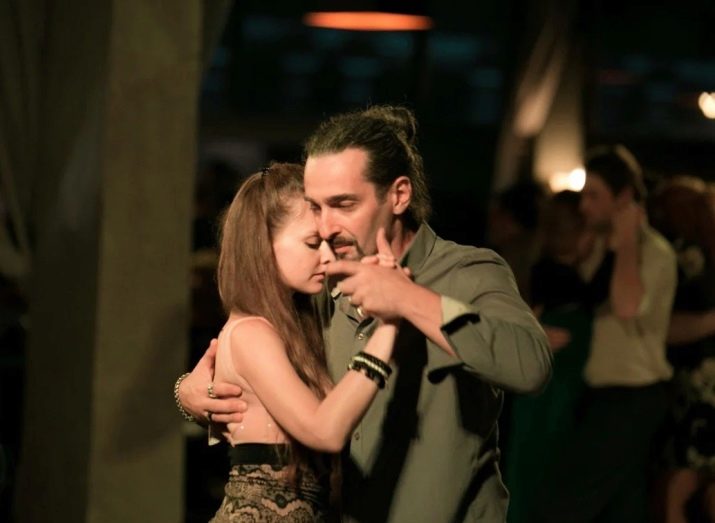
You should not develop any complex figures, any woman will appreciate if a partner makes a gentle girth, adjusts the steps to the music and will lead her gently, accurately distributing the weight. Since tango is a pair dance, we shouldn't forget about female techniques. It is important that the lady is in control of her balance, is not tense and allows her partner to behave.
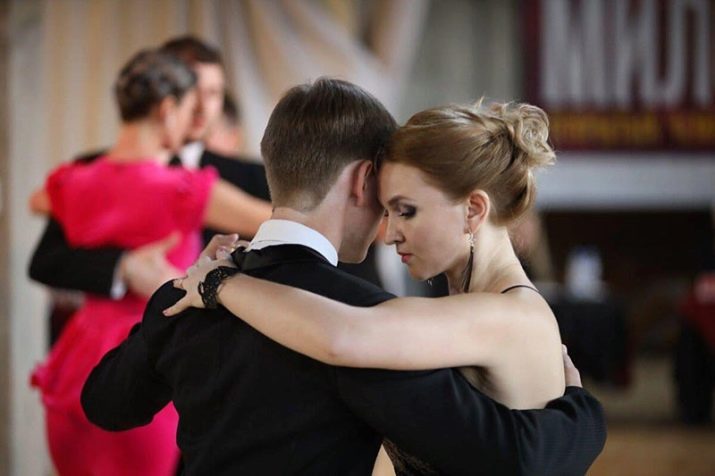
How and where to learn to dance?
For beginners, the best option is to attend tango classes, where you can learn the basic things that are necessary at the initial stage of tango learning: step, turn, stop, navigate the hall, musicality, the basics of several decorations.
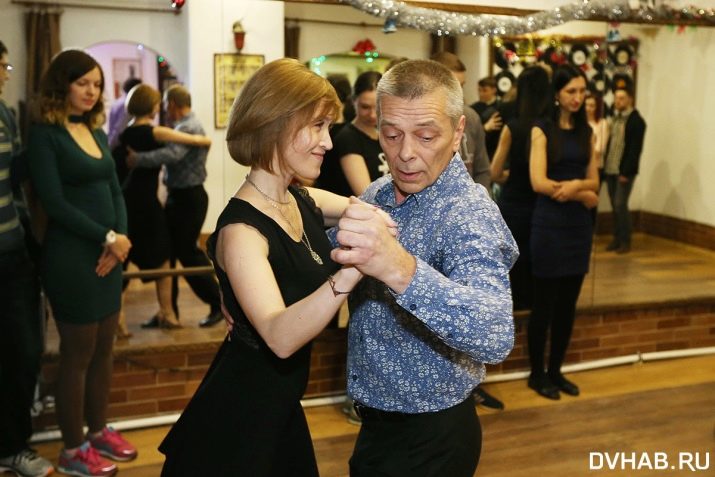
And you can also successfully learn tango from video lessons. This is especially true for those who do not live in large cities where there is no dance teacher. The challenge is that watching videos does not replace live hands-on experience with a partner in the classroom and among other couples.

Attending seminars allows you to learn from the best dancers in the world, communicate with like-minded people, learn a lot about the history and development of tango. Private lessons from older dancers are also a good opportunity to improve, thanks to which you can get sober criticism from a real professional, face to face.
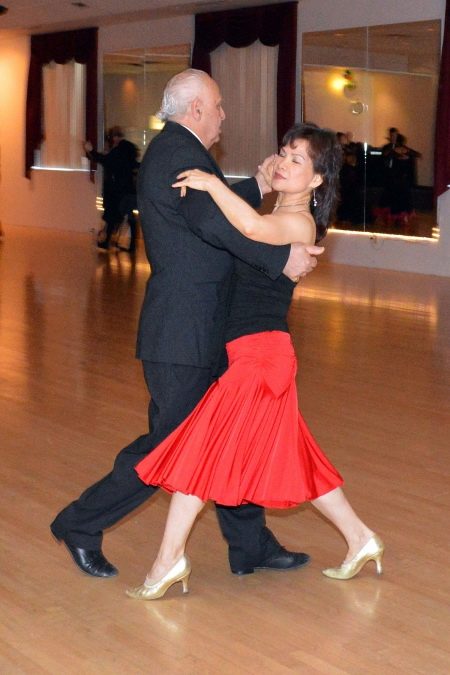
Discover the incredible world of passionate tango and you can't give it up. Study steps and shapes, discuss it with like-minded people, participate in milongas, and dance will become your element for years to come.
